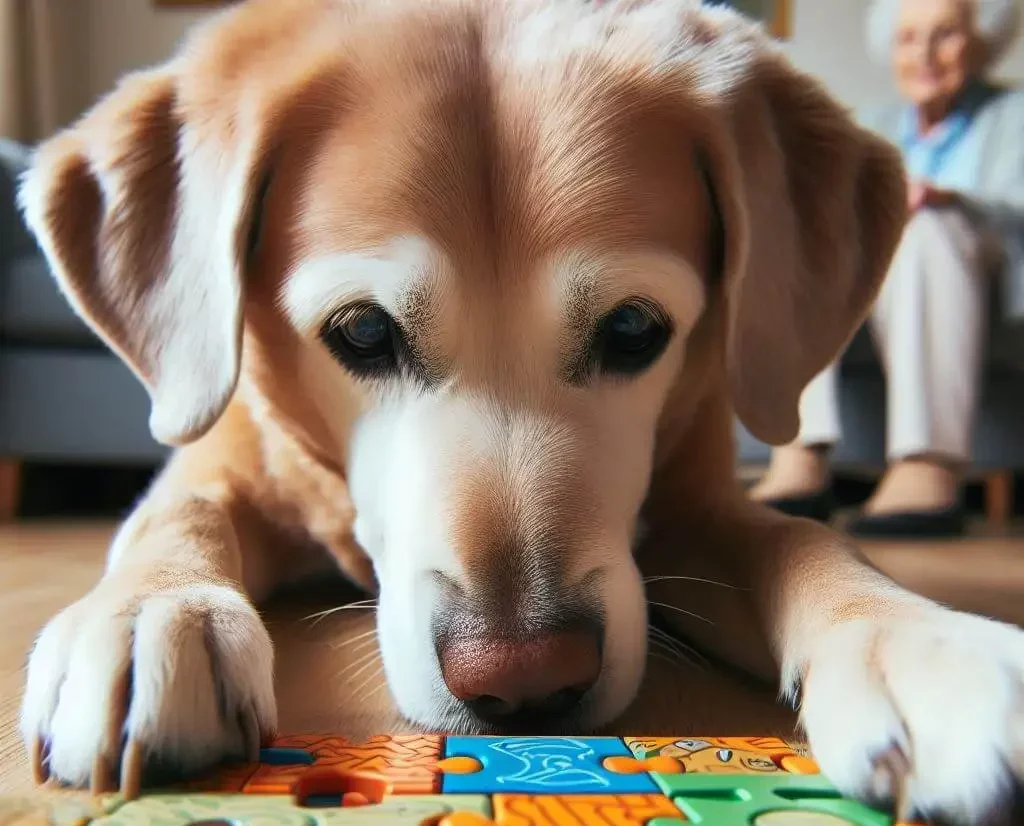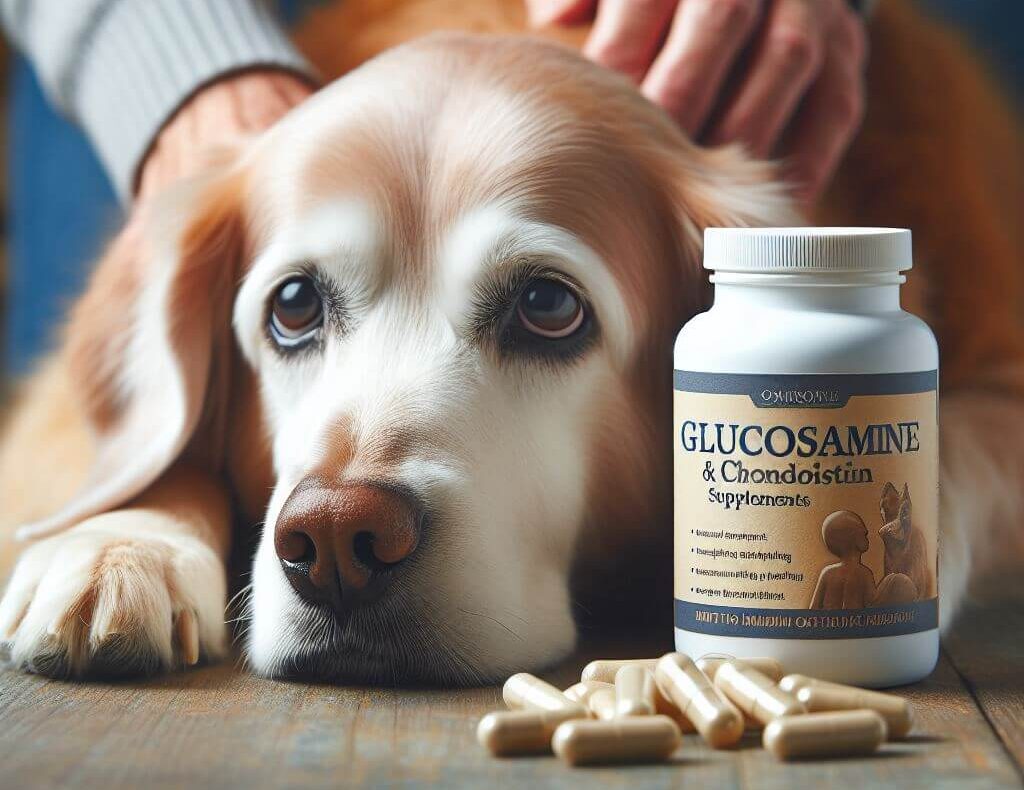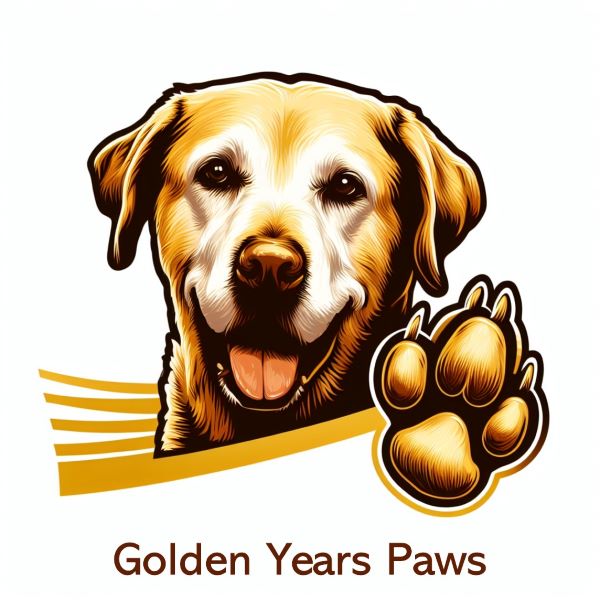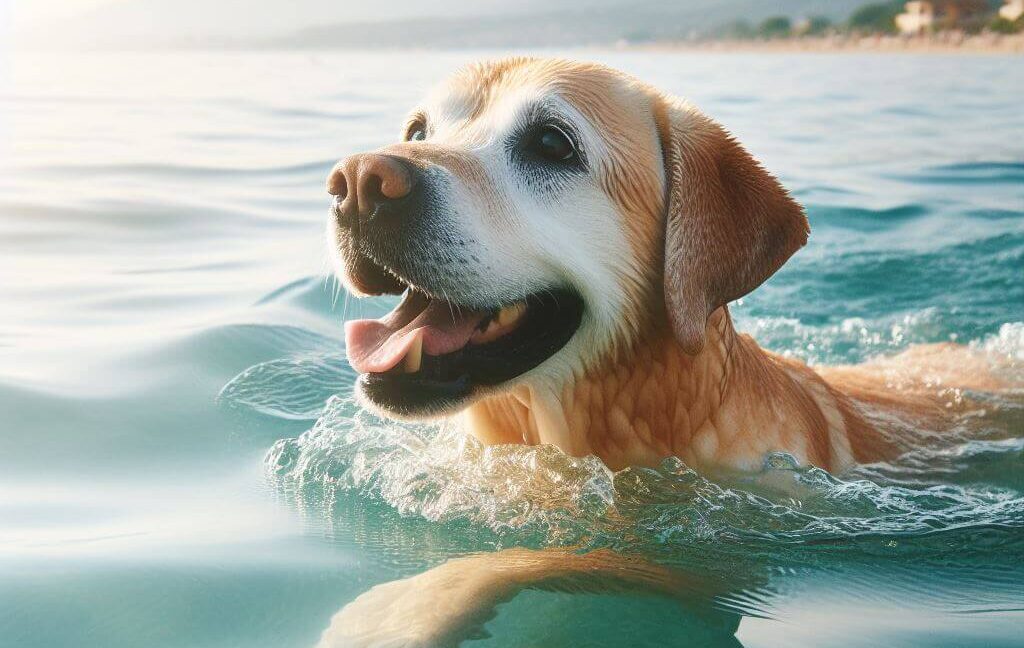As our canine companions grow older, their needs change, just like ours do. Senior dogs require a special approach to maintain their health and happiness, and that includes keeping them active. However, age brings its share of challenges, such as diminished energy levels, joint problems, and health nuisances like allergies. These can’t be ignored when we think about their exercise routines.
Take my Labrador, Rio, for instance. Now at the grand old age of 12, he’s not the tireless pup he used to be. He’s had to grapple with allergies and an irritating case of pododermatitis, which means those long hikes we enjoyed have been curtailed. But don’t let that fool you; Rio remains quite the active and athletic dog. In my opinion, his zest for life and activity level stems from the vibrant lifestyle he’s enjoyed since he was young. Being active isn’t just a phase, it’s a lifelong commitment that has kept him in shape despite the years.
We’re lucky to live by the sea, a place that’s been Rio’s aquatic playground for virtually his whole life. Swimming has been a savior for us, offering the perfect blend of exercise and enjoyment without putting undue strain on his joints. If you’re considering ways to keep your senior dog active, remember it’s not only about managing their limitations but also about revitalizing their spirit through activities they love.
This isn’t just about maintaining physical health; it’s also about nurturing their mental well-being. An active life for a senior dog like Rio means adapting to the new norm while finding joy in every moment. Up next, I’m going to walk you through some low-impact activities that are perfect for older dogs, ensuring they stay engaged and spirited in a way that’s gentle on their aging bodies.

Low-Impact Activities: Ensuring Gentle Exercise for Older Dogs
When it comes to keeping a senior dog like Rio active, the name of the game is adaptation. Just because Rio can’t go on those long hikes anymore doesn’t mean he’s resigned to a sedentary life. Low-impact activities are the golden ticket, allowing him to move and play without putting too much strain on his joints.
Swimming is a fantastic example. Rio’s been paddling in the sea since he was a pup, and it’s an exercise that’s stuck. This activity is not only easy on his aging body but is also immensely enjoyable. Being near the sea has its perks, as the water supports Rio’s weight, providing a full-body workout with minimal risk.
But not everyone has access to an endless aquatic playground. Don’t worry too much about this one. There are other ways to mix in low-impact exercise. Modified walking routines are perfect for keeping things moving. Think of short, frequent walks that give your dog the physical activity it needs without overdoing it.
Puzzle toys and interactive games are also a fantastic way to keep your senior dog active. Rio might not be zipping around the backyard like he used to, but with some engaging puzzles, his mind stays as sharp as ever. Mental exercise often gets overlooked, yet it’s critical for maintaining overall well-being. Plus, it can be an excellent way for the two of you to bond.
Every senior dog has its unique set of abilities and limitations, but the key takeaway here is choice. Choose something that resonates with your dog’s interests and physical capacities. The goal is to maintain their quality of life, keep their muscles working, and minds engaged while acknowledging the reality of their older, maybe a little slower, selves.
Nutritional Support for an Active Senior Dog
You can always adjust your approach down the road, but if you want to give your senior dog the best shot at staying active, you’ll want to start with what they eat. Nutrition plays a critical role in managing age-related health issues and can be a game-changer for your dog’s vitality.
So, my question to you today is, have you considered supplements? Specifically, glucosamine and chondroitin are well-known for their joint-supporting properties. These supplements can make a significant difference in comfort and mobility for dogs like Rio, who despite his energetic disposition, faces the challenges of aging joints. Incorporating these supplements into your dog’s diet could help maintain that spring in their step.

Rio’s own diet is tailored to support his active lifestyle, despite the fact that he can’t walk as long as he used to. The right balance of nutrients helps him overcome the limitations imposed by his allergies and pododermatitis. Choose something that resonates with the needs of your canine friend.
If you’re at a crossroads about what to feed your aging pal, don’t worry too much about it. Instead, focus on high-quality, senior-specific dog food that caters to their caloric and nutritional needs. You might want to consult with your vet to find the perfect fit. Trust me, it’s worth it to see your furry friend thriving in their golden years.
Creating a Supportive Environment for Your Aging Companion
I’m going to let you in on a little secret: the right environment can work wonders for your senior dog’s activity levels. It’s not just about the exercises or the diet; it’s also about the space they live in. You want to choose something that resonates with your dog’s comfort and safety.
Your dog’s mobility and enthusiasm for activity can be significantly boosted by small adjustments around the home. I recommend looking into non-slip mats and orthopedic beds which can provide extra support for those creaky joints. And if you’re in the market for such products, well, guess what? There are tons of options out there, so I’ll add a couple of links to ones that I trust.
Routine is your best friend here. Regular veterinary check-ups are crucial to ensure that your dog remains active and catches any potential issues early on. You might also consider physical therapy or massage as part of their regimen. These methods can increase flexibility and reduce discomfort, enabling them to continue living actively.
Here’s the thing: being proactive is key. And while your senior dog may not be the young pup they once were, they still have plenty of zest for life. Take Rio for example; despite his pododermatitis, with his environment tailored to his needs, he continues to live a fulfilled and active life.
I really hope that this article has shed some light on how you can support your senior dog in leading an active and happy life. Remember, your furry companion’s golden years can be just as rewarding as their youth, particularly with your love and care. I’d love to hear how you keep your senior dog active, so do share your experiences and tips in the comments!
Warmest Wags,
Morena
Founder, GoldenYearsPaws.com


Odličan blog Morena.
Hvala puno, draga Brankice 🙂 Ovakve komentare uvijek je lijepo čuti i daju dodatan vjetar u leđa.